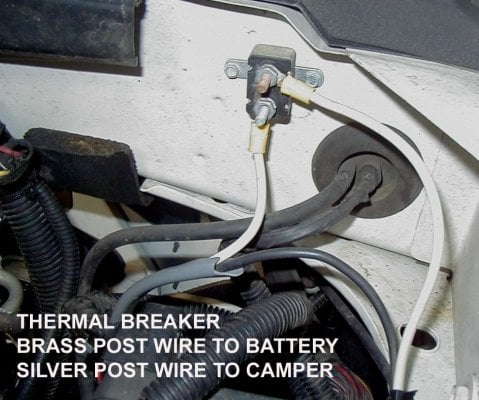Jon R
Senior Member
Sorry for not addressing that part of your post. You would no longer use the 1314a battery separator. The positive and negative wires from the truck engine compartment should be directly connected to the positive input and the common negative of the Orion (located close to your camper battery) via your bus bars and appropriate fuses or circuit breakers. Other strings have discussed wire gage and fusing, but ask if you aren’t sure.

